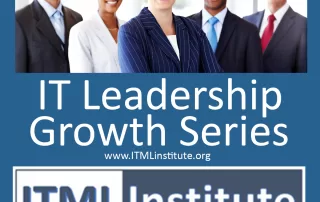8 Time management To-Do tips for managers
As a manager, you and your time are most likely pulled in many different directions. As a result, it’s really easy to lose track of the large list of tasks that must be performed. At a high level, your time probably falls into the following types of categories: Department level planning (e.g. scheduling, budgeting, etc.) Employee related processes (e.g. hiring, performance reviews, etc.) Managing employees (e.g. giving instruction, giving assignments, reviewing work, etc.) Communicating (e g. emails, writing status reports, giving presentations) Going to meetings (e.g. meetings, meetings, and wow, more meetings) Special projects for your boss and others Potentially your own work if you’re in a player/coach type supervisory role Occasional non-work related tasks like calling your kid’s teacher, buying a birthday card for your spouse during your lunch hour, or calling the doctor to schedule an appointment Because of these different task types it’s extremely important that you have an organized way to know what needs to be done, when it’s due, and when you are going to find time to do it. Some people can keep all this stuff in their head. As for me, I’m definitely not one of those people. If I don’t write it down, it’s never going to happen. If you are like me, the following tips and suggestions may be of value. Have one To-Do list that includes both work and personal tasks. You do work at home and occasionally have to do personal things at work. Therefore, it might as well be shown [...]










